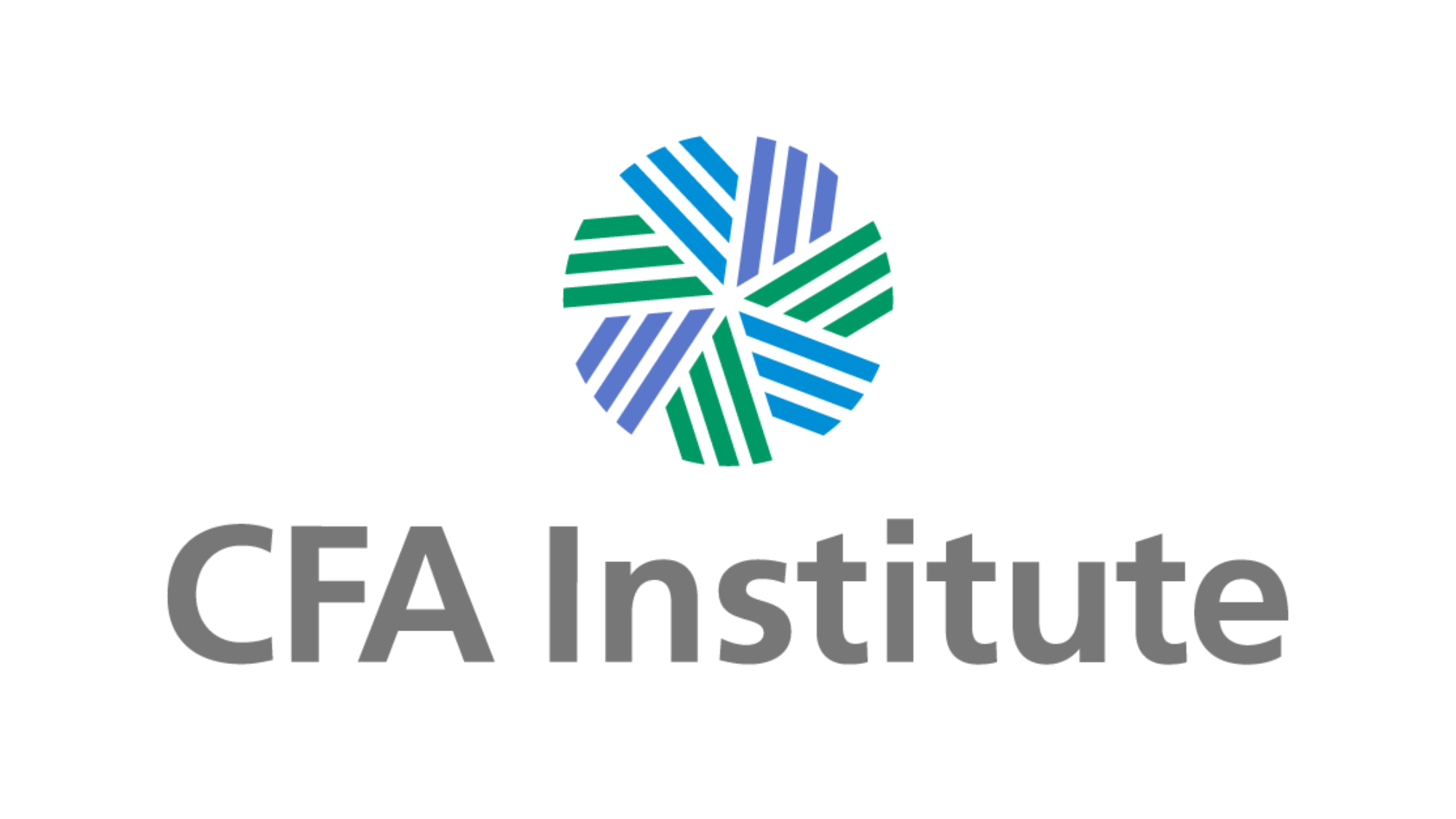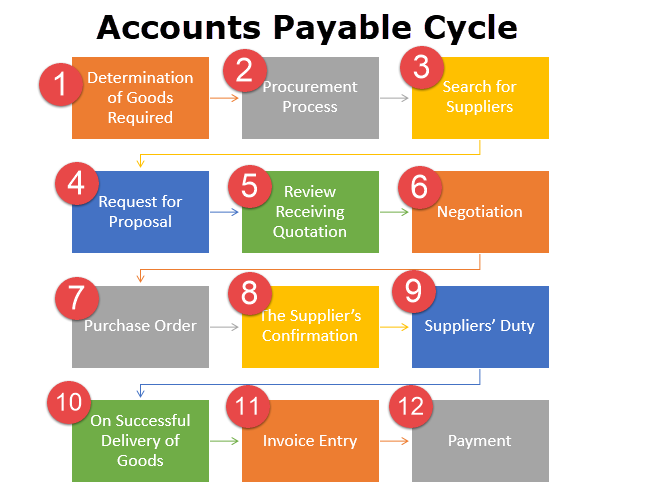Here is everything you need to know under finance sector interviews. This source contains most probable questions
Technical Questions
1. Explain a Cash Flow Statement.
A cash flow statement, also known as a statement of cash flows, reveals how much cash is made and spent during a specific period of time. One of the primary financial statements used by analysts when creating a three-statement model is this one. Operating activities, investment activities, and financing activities of a company are the three primary categories included in a cash flow statement and are arranged in that order.
The total change in cash for the period is calculated by adding the sum of the total cash provided from or used by each of the three activities to the opening cash balance. This results in the closing cash balance, which is the final number on the cash flow statement.
2. What do you Mean by Preference Capital?
Preference Share Capital refers to the funds raised by a company by issuing preference shares (also known as Preference stock). Preference Shareholders have the right to receive preference share dividends first, i.e before the equity shareholders, not equity shareholders. They are also part owners of the company, but they do not have voting rights to choose its management.

3. What is NPV? Where is it used?
The difference between the current value of cash inflows and withdrawals over a period of time is known as net present value (NPV). NPV is used in capital budgeting and investment planning to evaluate the profitability of a proposed investment or a project. The outcome of computations to determine the current value of a stream of payments in the future is NPV.
4. Which is cheaper between debt and equity?
Debt is less expensive than equity because debt interest is tax-deductible, and lenders' expected returns are lower than equity investors' (shareholders). Debt has lower risk and higher potential returns.
5. Why do Capital Expenditures Increase Assets When other Cash Outflows don’t and Instead Create Expenses?
Capital expenditures are capitalized because they provide long-term benefits to the firm. For example, a new branch would generate a lot of money for the company for a long time, but an employee's work will only benefit until the time comes to pay the wages, which is why they are an expense. This is the main distinction between an asset and an expense.
6. What are the major factors that drive mergers and acquisitions?
Diversification: One aspect that encourages mergers to develop in new ways by broadening the selection of goods and services available is diversification. Such a merger benefits both parties involved by opening up new markets and expanding their revenue-generating prospects;
Asset Acquisition: The need to acquire new technology or other assets that would be otherwise impossible to obtain or that would take a very long time to obtain, is another typical reason that drives mergers
Value creation: Another common reason for mergers is value creation, which is the chance to establish a new company whose worth exceeds the combined value of the two parties to the merger. A merger can also be driven by the need to increase financial capability by making the newly established company eligible for more substantial credit facilities.
Increasing financial potential - a merger may also be driven by the need to boost financial capacity by granting the newly formed business access to larger loans.
7. What is the difference between cash-based accounting and accrual?
Companies can use one of two accounting methods: cash basis or accrual basis. The main difference between accrual and cash basis accounting is the timing of revenue and expense recognition. The cash method recognizes revenue and expenses immediately, whereas the accrual method focuses on anticipated revenue and expenses. Revenue is accounted for when it is earned under the accrual method.
Under cash-based accounting, Revenue is reported on the income statement only when cash is received under this method. Expenses are only recorded when cash is paid out. Small businesses and individuals typically use cash as a payment method.
8. When should a company buy back its stocks?
A company generally buys back its shares, in order to consolidate ownership, preserve stock prices, return stock prices to real value, improve financial ratios, or lower the cost of capital.
Stock buybacks can benefit investors because they generally take the place of dividends.
9. How is the Payback Period calculated?
The term payback period refers to the amount of time it takes to recover the cost of an investment. Simply put, it is the length of time an investment reaches a break-even point. People and corporations invest money primarily to be paid back, which is why the payback period is so critical. In essence, the shorter the payback period of an investment, the more appealing it becomes. The payback period can be calculated for anyone by dividing the initial investment by the average cash flows.
Payback Period = Cost of Investment/Average Annual Cash Flow
10. How is WACC calculated?
The weighted average cost of capital (WACC) is a firm's cost of the capital where each category of capital is proportionately weighted.
WACC is commonly used as a benchmark rate against which companies and investors can assess the attractiveness of a particular project or acquisition.
It is calculated by multiplying the cost of each capital source (debt and equity) by its relevant weight by market value, then totaling the products.
In discounted cash flow analysis, WACC is also used as the discount rate for future cash flows.
WACC and its formula are useful for analysts, investors, and company executives, who all use it for different reasons. Determining a company's cost of capital is critical in corporate finance for several reasons.
11. What do you mean by negative working capital?
When a company's current liabilities exceed its current assets, it has negative working capital. This means that the liabilities that must be paid within a year exceed the current assets that can be monetized within the same time frame.
Negative working capital in a target is usually viewed negatively by buyers because it represents additional capital that will be required to run the business.
A buyer prefers a working capital ratio of one to 1.5 times, which means that there should be at least one dollar of current assets for every dollar of current liabilities. This assures the buyer that the company will be able to generate enough cash in the short term to cover supplier and payroll obligations.
12. How can a company show positive cash flows while facing financial Problems?
Yes, even if a company is in financial trouble, it can show positive cash flows by making impractical improvements in working capital (delaying payables and selling inventory) or by not letting revenue go ahead in the pipeline.
13. What is the most common ratio used in project finance and how to calculate it?
The debt Service Coverage Ratio is the most commonly used ratio in project finance. Debt service coverage ratio = (cash flow available for debt service + interest income) / debt service ratio i.e,
CFADS = EBITDA - Tax - Capital Expenditure + Drawdowns Debt service equals principal repayments plus interest expense plus lease obligations.
14. What, in your opinion, makes a good financial model?
It is critical to have solid financial modeling principles. Model assumptions (inputs) should be in one place and clearly colored whenever possible (bank models typically use blue font for model inputs). In addition, good Excel models make it simple for users to understand how inputs are translated into outputs. Good models also include error checks to ensure that the model is functioning properly (e.g., the balance sheet balances, the cash flow calculations are correct, etc.). They provide enough detail without being overly detailed, and they have a dashboard that clearly displays the key outputs with charts and graphs.
15. If you were CFO of our company, what would keep you up at night?
This is an excellent finance interview question. Take a step back and provide a high-level overview of the company's current financial situation or the financial situation of companies in that industry in general. These are metrics or important statements that you should always be aware of.
You should remember the following statements:
Income statement: Rates of growth, Margins, and Profitability
Balance sheet: Liquidity, capital assets, credit metrics, liquidity ratios, leverage, return on assets (ROA), and return on equity(ROE).
Cash Flow Statements: Short-term and long-term cash flow profiles, as well as any need to raise funds or return capital to shareholders.
Non-financial statements: company culture, government regulation, and capital market conditions.
















.jpg)



.jpg)


